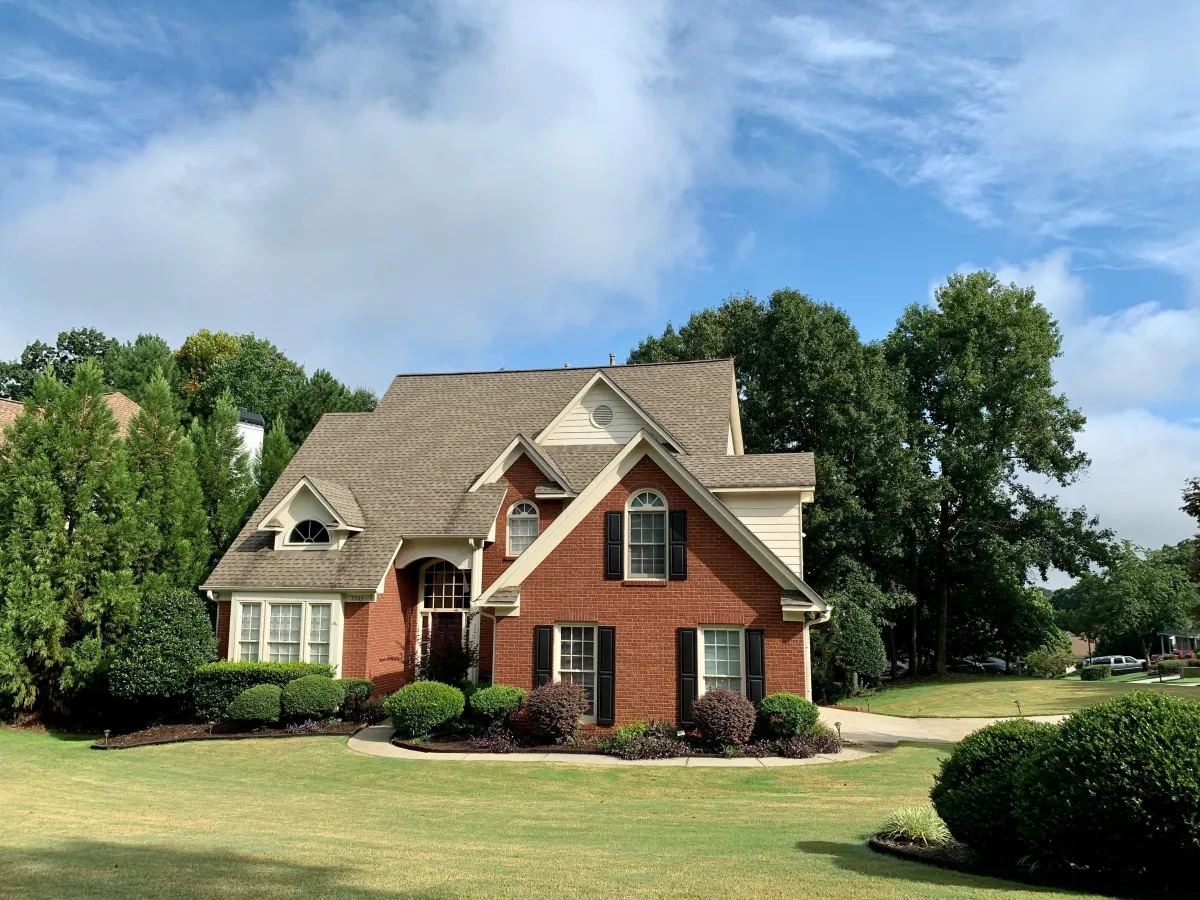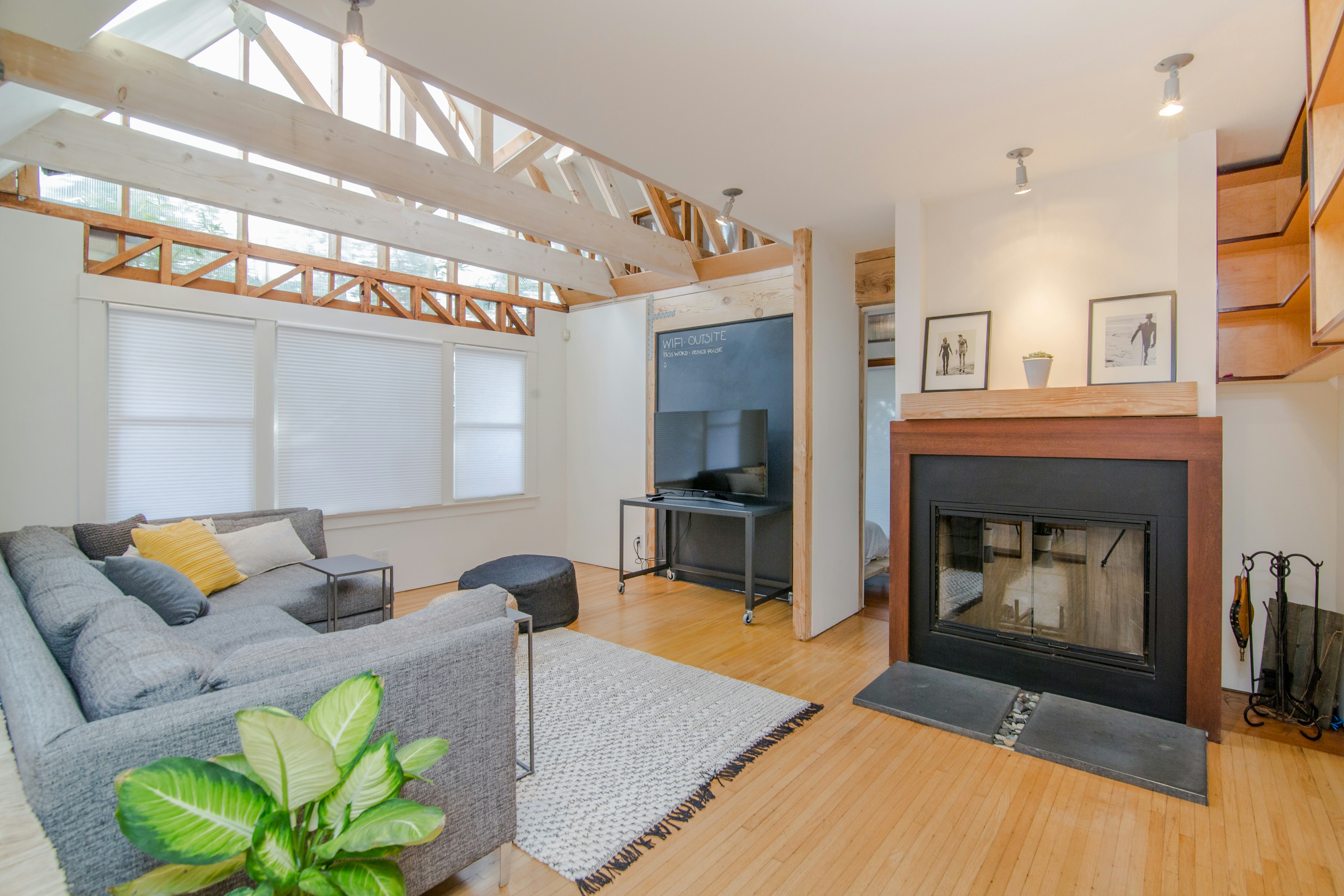
Custom Home Builder Styles vs Traditional Designs
When building a new home, many people wonder about the best architectural style to choose. Custom home builder styles offer innovative options that may exceed traditional designs, including features like sustainability and unique cottage aesthetics.
This article will explore various architectural styles, comparing them to traditional designs while highlighting how customization can enhance your construction experience. Readers will discover the advantages of selecting a custom design, helping them make informed choices that align with their vision for their dream home.
Key Takeaways
Custom home builders provide a range of architectural styles to meet homeowner preferences.
Flexibility in design allows for personalized homes that suit specific lifestyles and tastes.
Sustainability is a priority, with eco-friendly materials and practices integrated into builds.
Traditional styles offer a timeless appeal, while modern designs emphasize functionality and open spaces.
Collaborating with builders enhances the customization process, resulting in unique living spaces.
Key Characteristics of Traditional Designs

Traditional home designs feature steep roofs, symmetrical façades, and front porches, with styles like Cape Cod and Colonial prioritizing functionality and classic aesthetics. Terracotta roofing tiles are common, adding durability and a warm charm that blends with nature. Builders often use this material in custom homes for enhanced appeal.
When building custom homes, attention to detail is crucial in traditional designs. Custom home builders integrate features like rich wood trim and classic window designs to create a distinctive look. This dedication to craftsmanship sets traditional homes apart from modern styles, emphasizing heritage and comfort.
Timeless Architectural Styles in Traditional Designs
Traditional home designs are rooted in classic architectural styles that have stood the test of time. Styles such as Cape Cod, Colonial, Victorian, and Craftsman emphasize symmetry, proportion, and elegant details. These homes often feature pitched roofs, brick or wood exteriors, and ornate trim, creating a sophisticated and welcoming aesthetic. Many homeowners choose traditional styles for their historical charm and lasting appeal.
The Role of Roofing in Traditional Architecture
One of the defining elements of traditional homes is their durable and visually appealing roofing materials. Terracotta tiles, slate, and wooden shingles are commonly used to enhance both function and beauty. Terracotta tiles, in particular, provide excellent insulation and weather resistance, making them a popular choice for homeowners looking to blend timeless design with long-lasting performance.
Windows and Doors: Enhancing Traditional Aesthetics
Windows and doors play a significant role in defining traditional architecture. Many traditional homes feature double-hung windows with shutters, arched entryways, and wooden panel doors with intricate detailing. These elements contribute to the classic and inviting feel of traditional homes. Builders often use high-quality materials like solid wood and wrought iron to maintain authenticity and durability while enhancing the overall aesthetic.
Modern Architectural Styles in Custom Home Building

Modern architectural styles in custom home building emphasize clean lines and open spaces using materials like metal and glass, often featuring unique roof shapes for contemporary appeal. Farmhouse designs blend classic charm with modern conveniences through large front porches and reclaimed wood for a rustic yet eco-friendly feel. Meanwhile, Victorian-inspired homes maintain intricate details such as ornate gables and decorative trims while incorporating contemporary materials, allowing for a timeless aesthetic that reflects personal style alongside modern comforts.
Clean Lines and Minimalist Aesthetics in Modern Homes
Modern custom home designs emphasize clean lines, simplicity, and open spaces. These homes often feature flat or low-pitched roofs, large windows, and open floor plans that enhance natural light and create a seamless indoor-outdoor connection. The focus on minimalist aesthetics eliminates unnecessary ornamentation, resulting in a sleek and functional design that caters to contemporary lifestyles.
Innovative Materials in Modern Home Construction
Modern architectural styles prioritize durable, sustainable, and high-performance materials. Glass, steel, and concrete are commonly used to achieve a sleek and futuristic look, while reclaimed wood and eco-friendly composites help balance aesthetics with environmental responsibility. Builders also integrate energy-efficient insulation, solar panels, and smart home technology to enhance sustainability and functionality.
Blending Victorian Elegance with Modern Functionality
While Victorian architecture is traditionally known for its intricate detailing and elaborate facades, modern custom home builders have found ways to reimagine this style using contemporary materials. Ornate gables, decorative trims, and bay windows can be integrated into modern designs with updated finishes such as metal accents, energy-efficient glass, and simplified color palettes. This fusion allows homeowners to maintain historic charm while benefiting from modern convenience and efficiency.
Comparing Traditional and Custom Styles in Home Building

When comparing traditional designs to custom styles, the flexibility of custom home builders in addressing specific homeowner needs stands out. Traditional homes often adhere to established concepts, limiting personalization, whereas custom designs allow for individualization that reflects modern trends and sustainable living choices.
Renovation opportunities are crucial in distinguishing these builds, as custom homes often include features for easy updates, ensuring longevity and adaptability. Additionally, the focus on sustainability in custom builds, with a preference for eco-friendly materials, enhances their appeal by promoting energy efficiency while blending modernity with classic architectural charm.
Flexibility and Personalization in Home Design
A key difference between traditional and custom home styles is the level of personalization available to homeowners. Traditional homes often follow established design concepts, such as brick facades, symmetrical layouts, and fixed floor plans, which can limit customization. In contrast, custom homes offer homeowners the ability to create unique spaces that reflect their lifestyle, aesthetic preferences, and functional needs, making them an attractive option for those seeking a tailored living experience.
Sustainable Building Practices and Material Choices
Sustainability plays a growing role in modern home construction. Traditional homes often rely on standard materials that may not prioritize energy efficiency, while custom home builders frequently incorporate eco-friendly solutions such as solar panels, energy-efficient windows, and reclaimed wood. These choices reduce environmental impact while enhancing the home's comfort, durability, and efficiency, making custom builds a future-forward option.
Blending Classic and Contemporary Architectural Elements
While custom homes offer modern conveniences, many homeowners still appreciate the timeless charm of traditional designs. Custom builders often blend classic architectural features—such as ornate moldings, gabled roofs, and natural materials—with modern innovations like smart home technology and minimalist interiors. This fusion allows homeowners to enjoy the best of both worlds, maintaining historical character while embracing cutting-edge design trends.
Factors Influencing Architectural Style Choices

Homeowners' architectural style choices in custom builds are influenced by their values and desire for quality living. Many prefer natural materials like oak for warmth and sustainability, while also considering how their home harmonizes with the environment. This leads to styles that enhance energy efficiency and minimize environmental impact, with builders incorporating advanced insulation and eco-friendly materials to support healthier living spaces.
Personal Values and Lifestyle Preferences
Homeowners often choose architectural styles that reflect their personal values and lifestyle goals. Some prioritize sustainability and natural materials, such as oak and stone, to create warm, eco-friendly living spaces. Others may prefer sleek, modern aesthetics that emphasize minimalism and functionality. Whether rooted in tradition or innovation, a home's design is a direct expression of the homeowner’s philosophy and way of life.
Environmental and Regional Influences
The natural surroundings and climate heavily influence architectural choices. Homes in coastal regions may feature open layouts, large windows, and weather-resistant materials, while those in mountainous areas may prioritize stone exteriors and sloped roofs to withstand seasonal changes. Incorporating local materials and design elements helps homes blend seamlessly into their environment while enhancing their durability and aesthetic appeal.
The Influence of Modern Technology on Design
Technological advancements have revolutionized architectural design choices. Smart home integration, automated lighting, climate control systems, and advanced security features allow homeowners to enhance both functionality and convenience. With 3D modeling and digital design tools, builders can create highly customized homes that balance aesthetic preferences with modern technological innovations, ensuring a future-proof living space.
Conclusion
Choosing an architectural style involves balancing tradition, modernity, and personalization. Traditional homes offer timeless charm and durability, while modern designs focus on clean lines and sustainability. Custom home building allows homeowners to blend classic and contemporary elements, integrate eco-friendly materials, and tailor spaces to their needs. By prioritizing functionality, aesthetics, and efficiency, homeowners can create a unique, future-ready living space.


